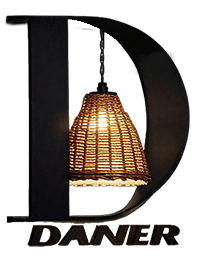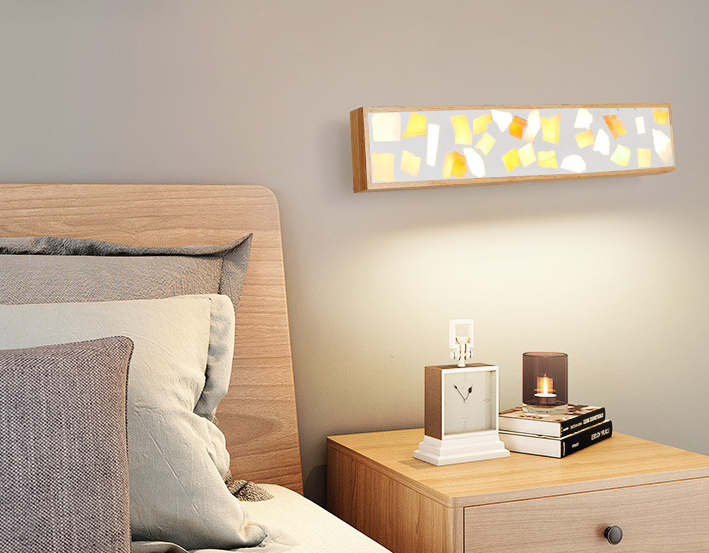Nature-Inspired Rattan & Woven Fiber Lamps: The Ultimate Eco Décor for 2026
2026 is the year of nature-inspired lighting, and rattan & woven fiber lamps are at the center of this trend. These lamps are designed for those who want to bring the tranquility and textures of the outdoors into their living and working spaces—while maintaining a strong commitment to sustainability.
1. Natural Elements in Every Detail
Nature-inspired lamp, woven fiber lamp, and natural fiber lamp products use plant-based materials, earthy colors, and organic forms. Their handwoven textures and subtle irregularities celebrate the beauty of the natural world, making every eco friendly rattan lamp and handmade rattan lamp unique.
2. Beyond the Ordinary
Rattan pendant lamp, handwoven rattan lamp, and bamboo & rattan lamp fixtures go beyond mere function—they’re statement pieces that set the tone for modern eco décor lighting. Whether used in entryways, bedrooms, or open-plan offices, these lamps provide both ambiance and a sense of calm.
3. A Perfect Fit for Modern Lifestyles
From green rattan lamp and sustainable rattan lamp options for eco-conscious apartments to artisanal rattan lamp and contemporary rattan lamp solutions for luxury homes, nature-inspired lighting bridges every style and budget.
4. Wellness & Wellbeing by Design
Natural lighting, combined with materials like organic rattan lamp and natural wicker lamp, helps create relaxing, healthy environments. Designers recommend using these products to enhance biophilic design and boost overall wellbeing.
5. Responsible Choices for the Future
Earth-friendly rattan lamp, eco conscious rattan lighting, and sustainable wicker lamp fixtures are not only beautiful—they’re also an investment in a greener planet. These lamps support traditional crafts, use renewable resources, and reduce the carbon footprint of interior décor.
READ MORE
Address
No. 3, Lane 6, Fushan, Tiebian Village, Henglan, Zhongshan City

CONTACT US
_lutHu5.png)


Call Us
13527147288
E-mail Us




